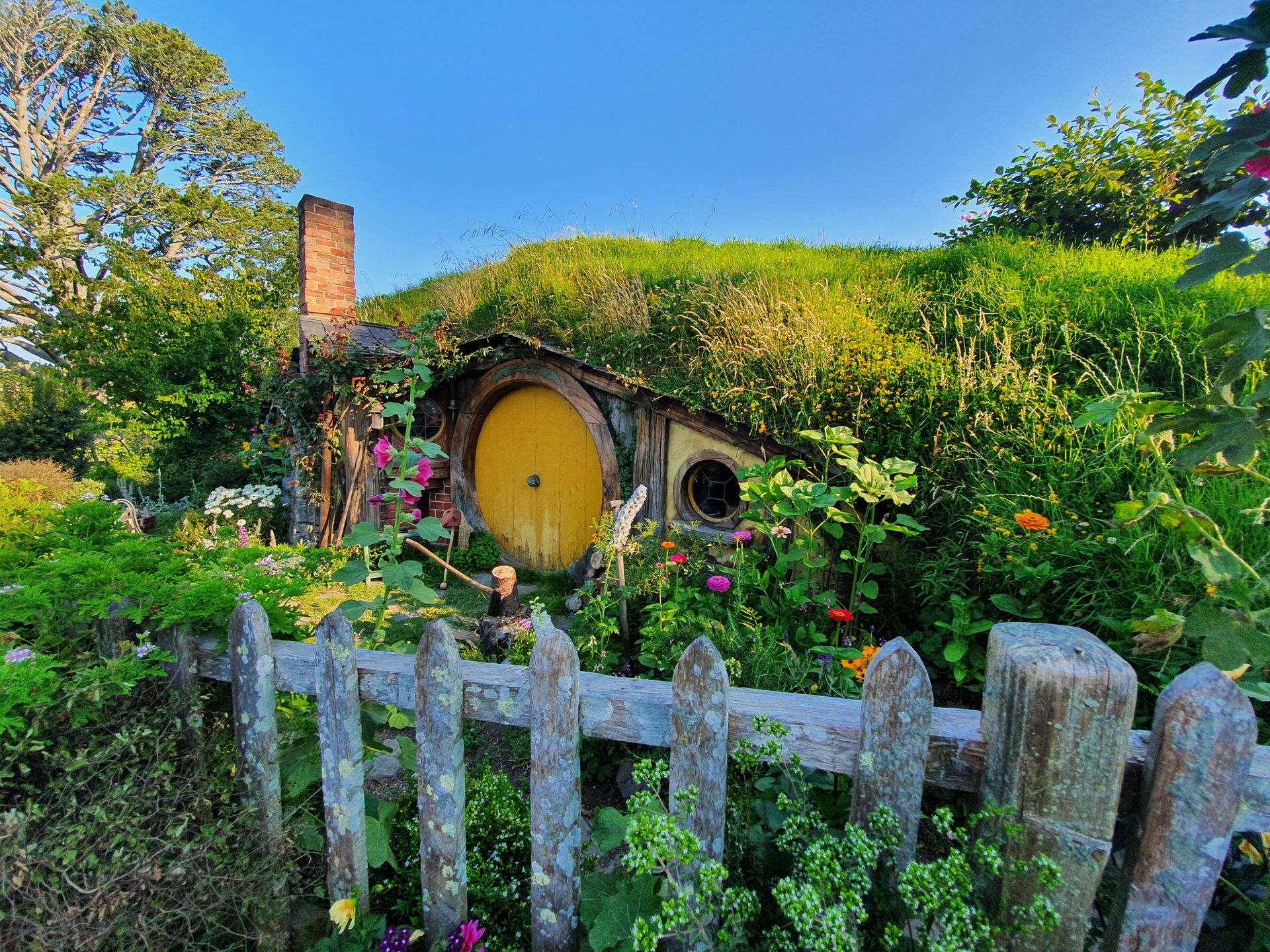7.1.20 Far North District & Aroha Island
Udgivet: 15.01.2020
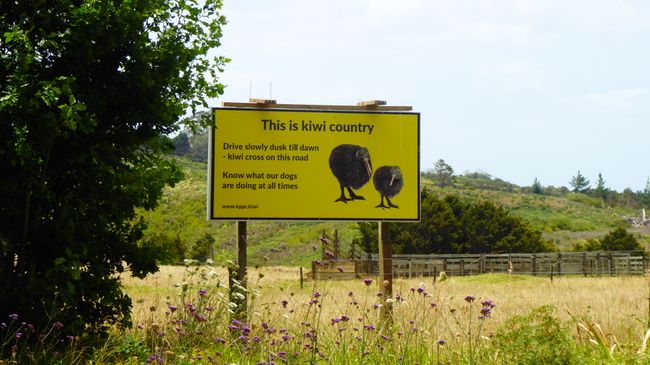
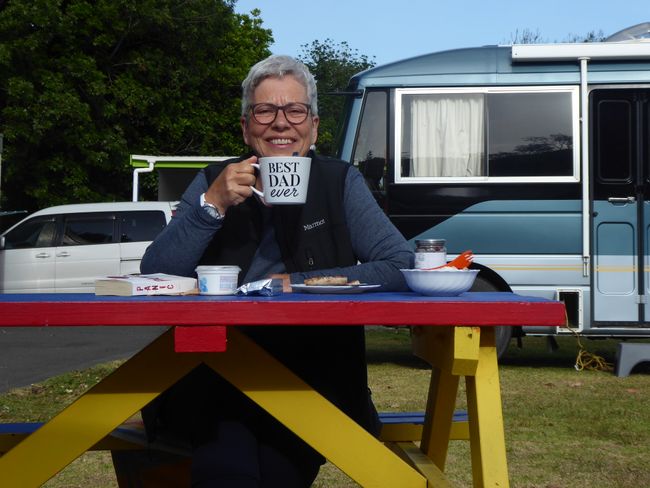
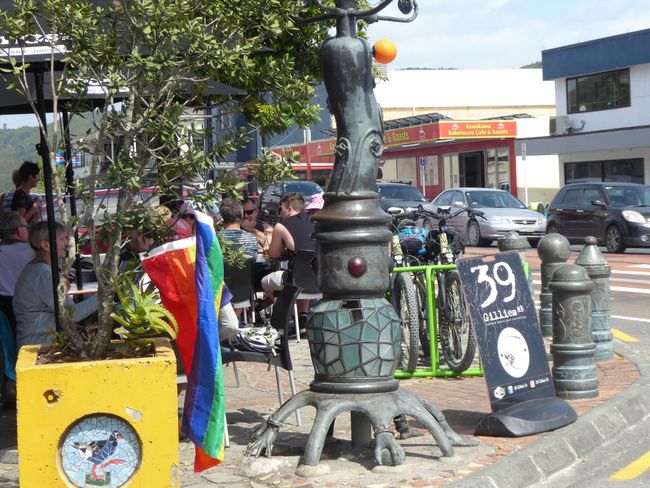
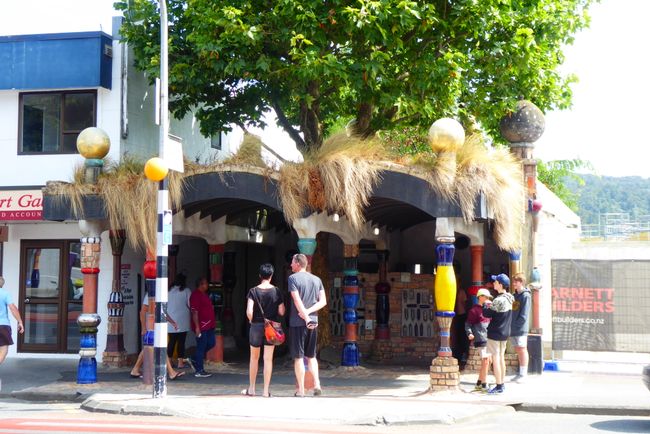
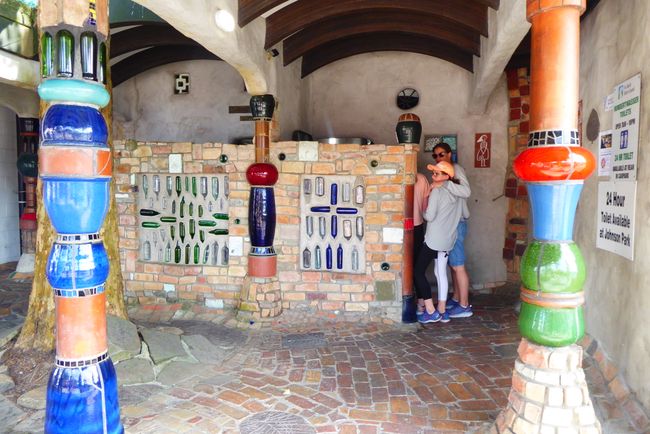
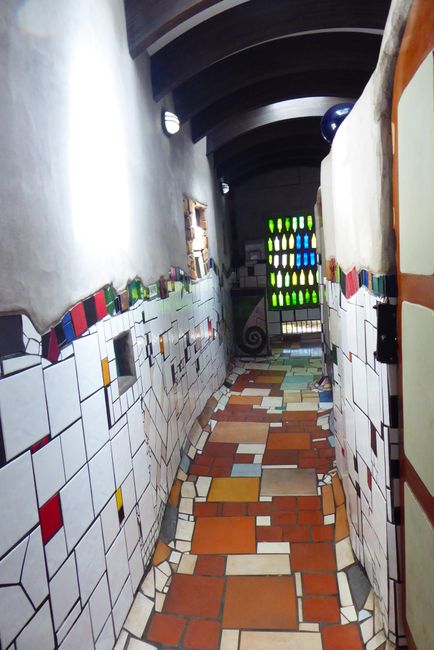
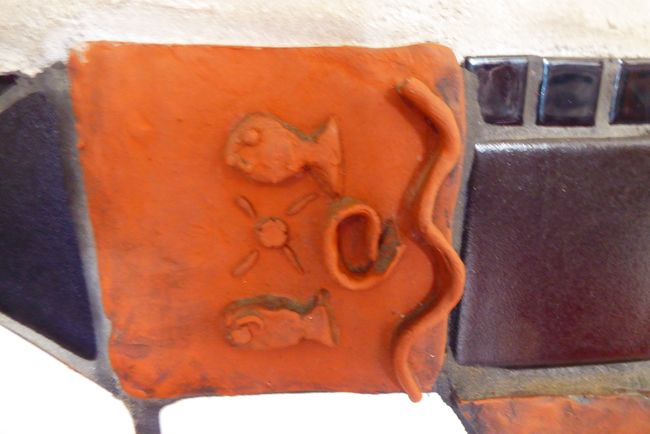
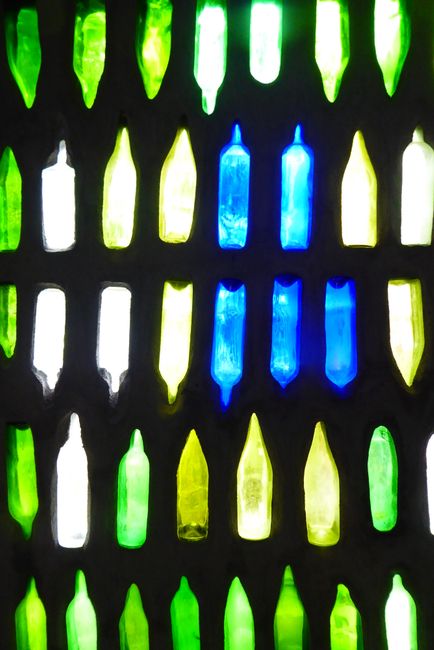
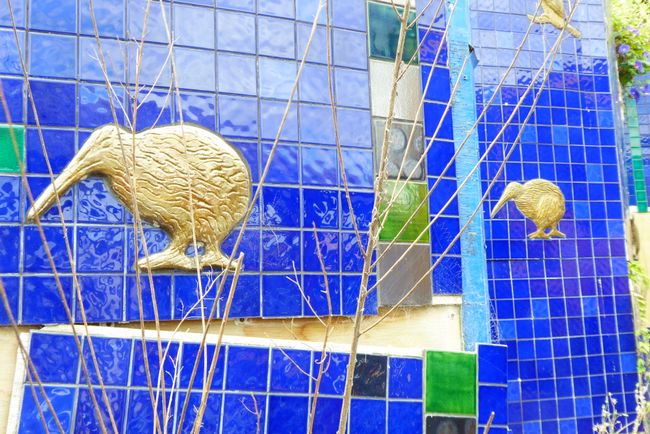
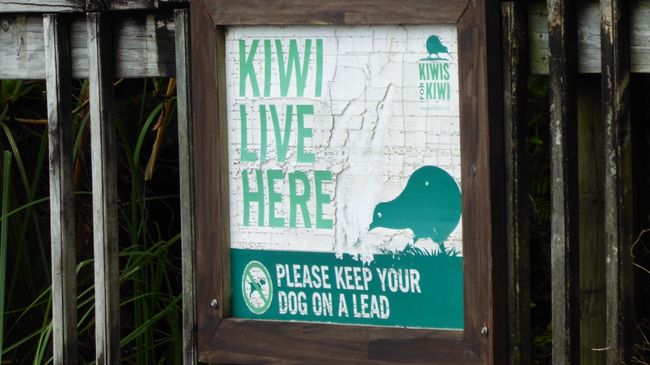
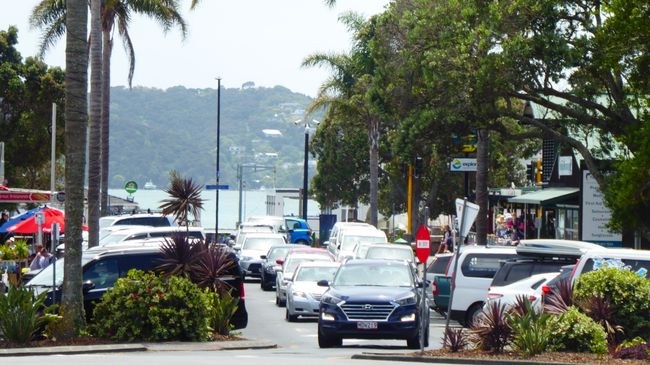
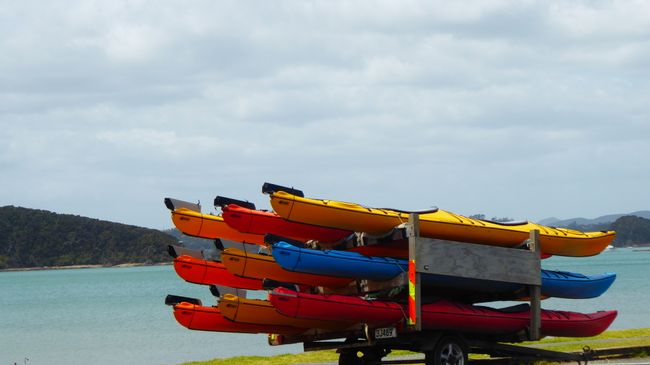
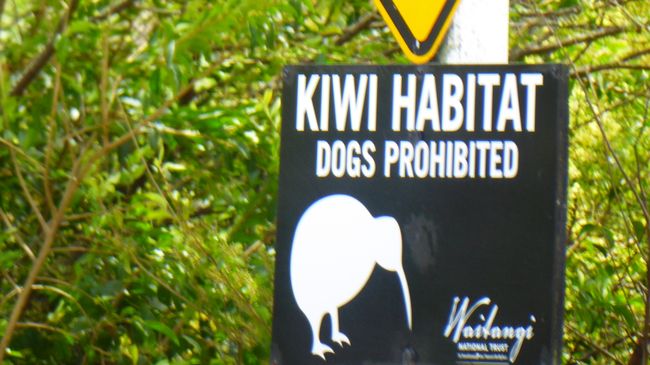
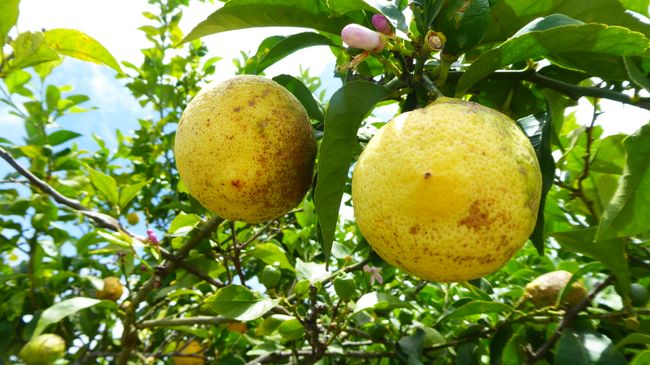
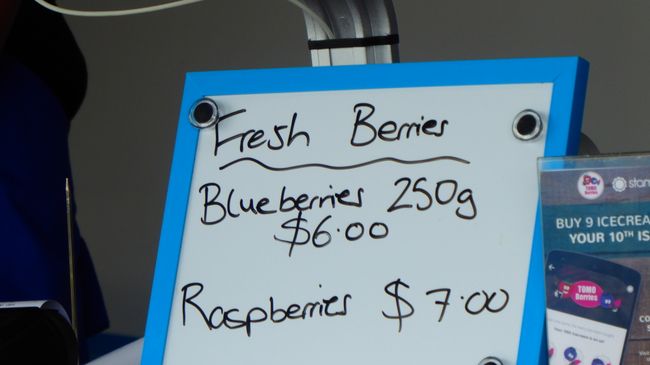
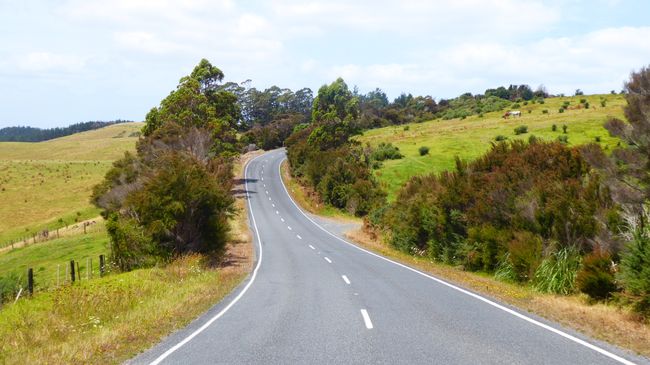
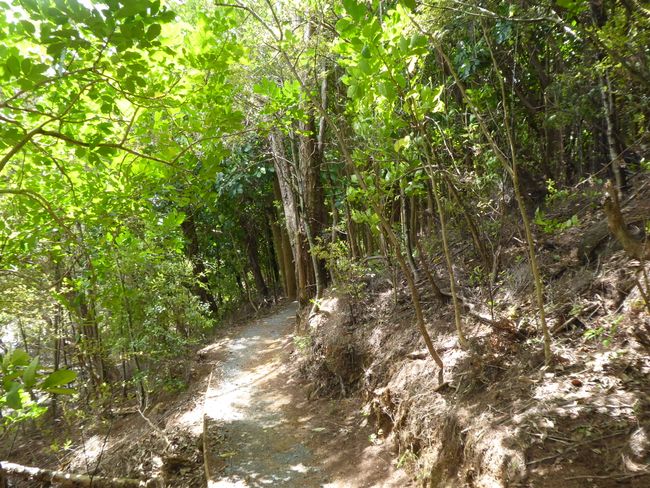
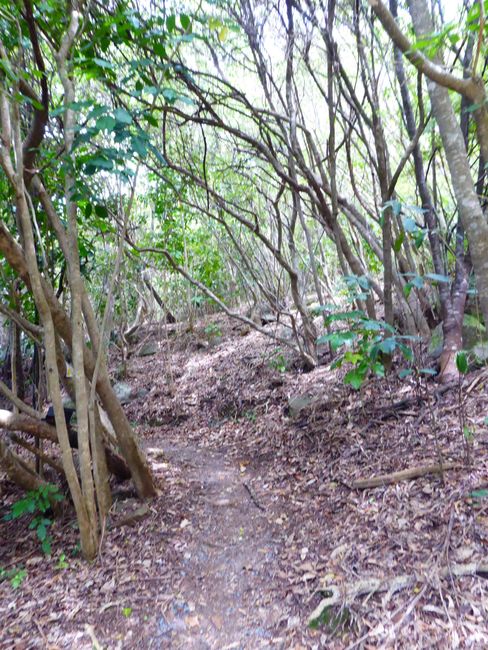
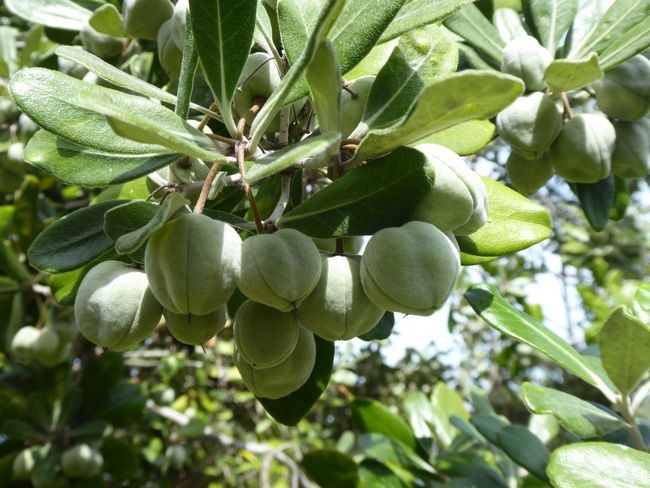
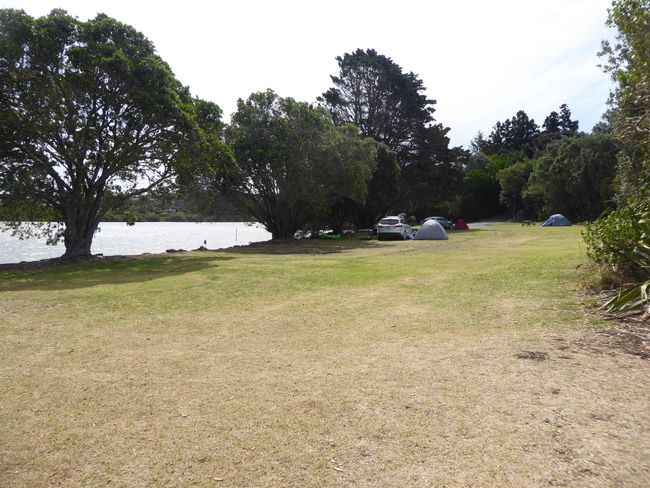
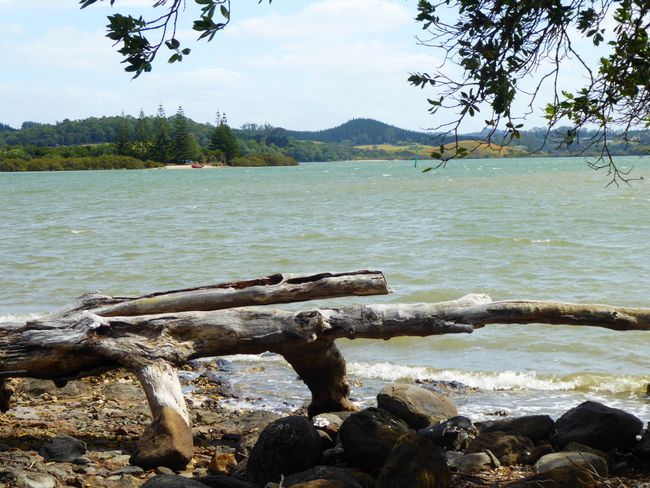
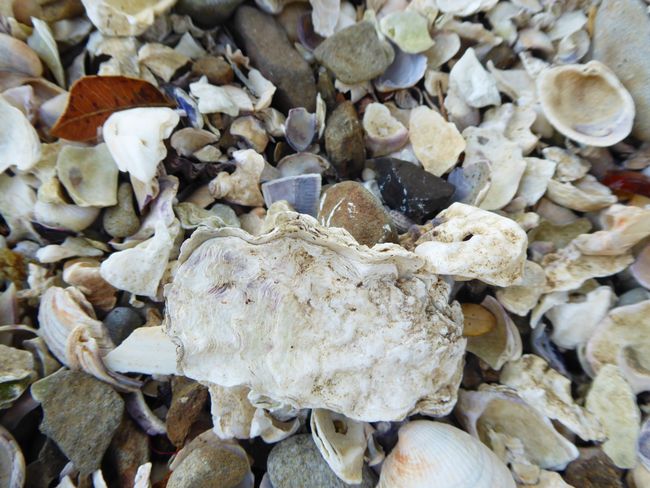
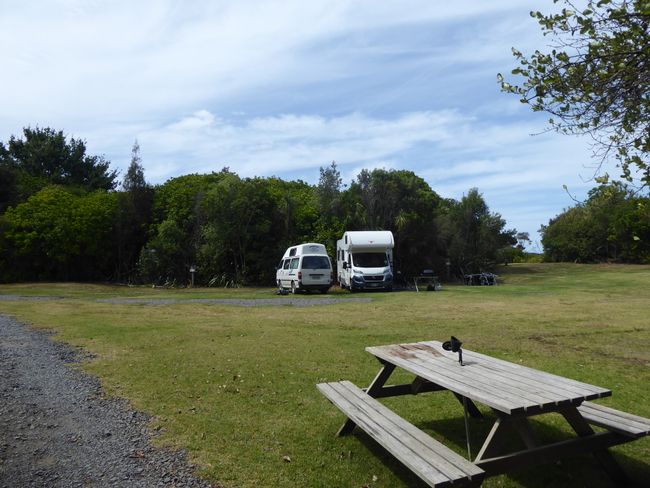
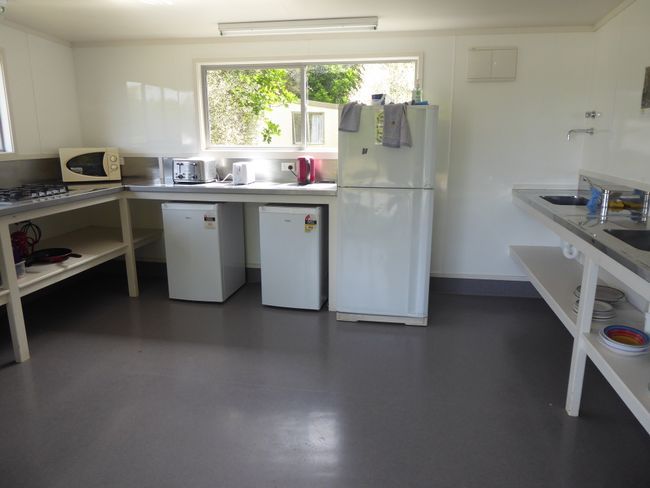
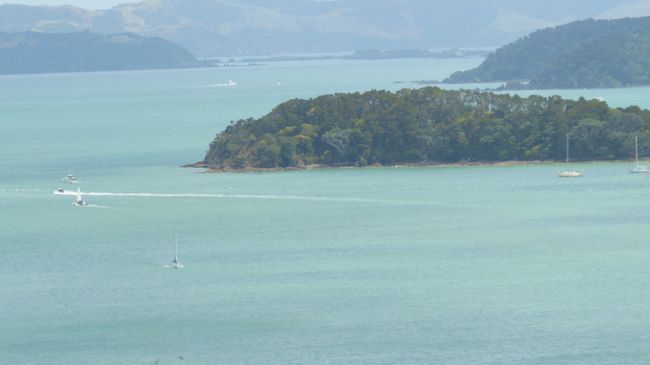
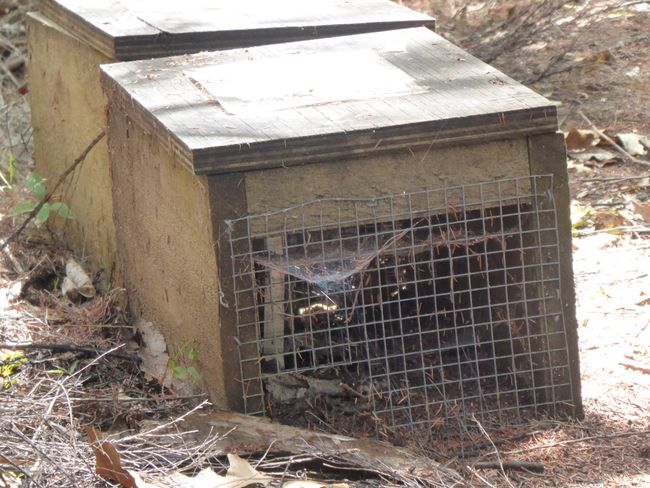
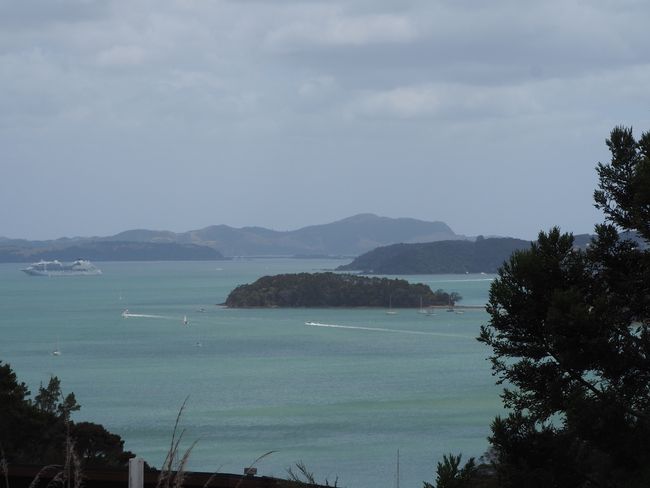
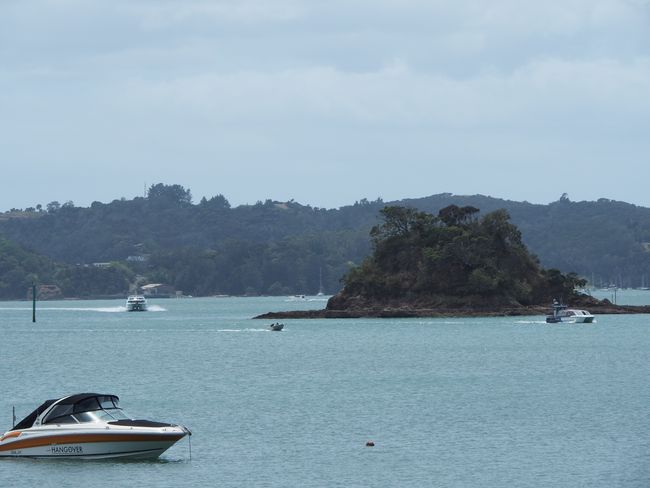
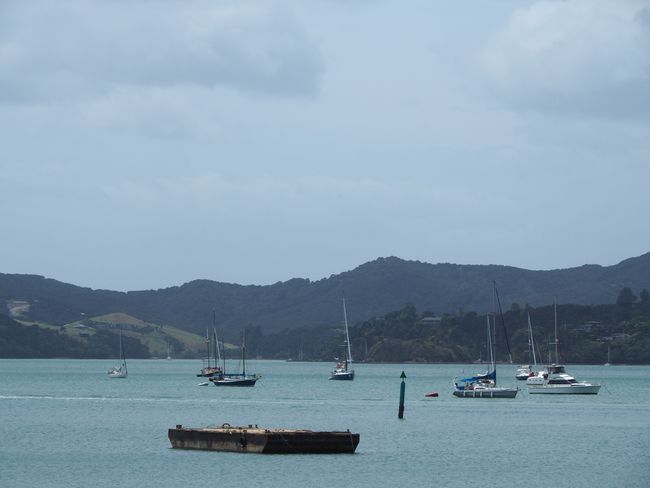
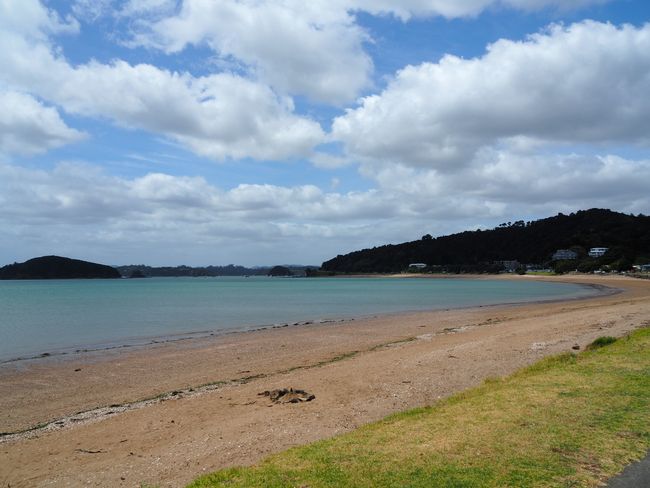
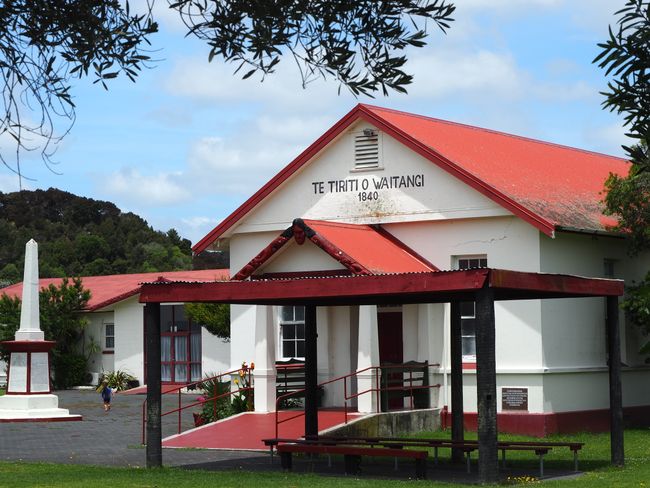
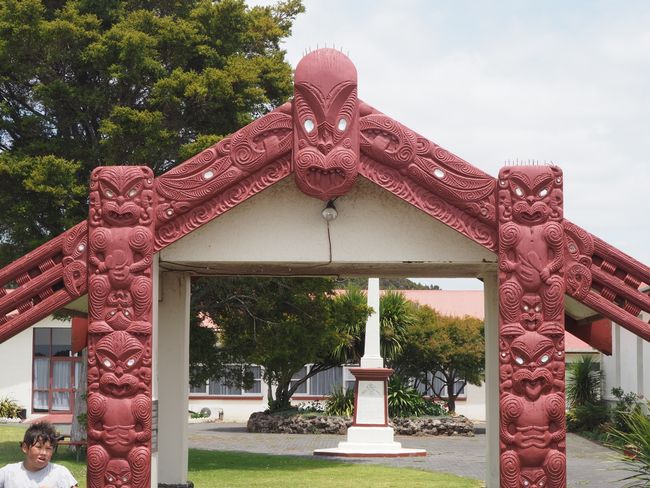
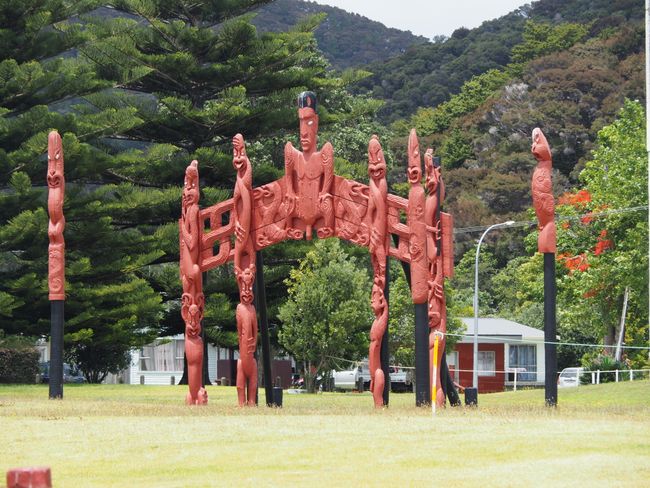
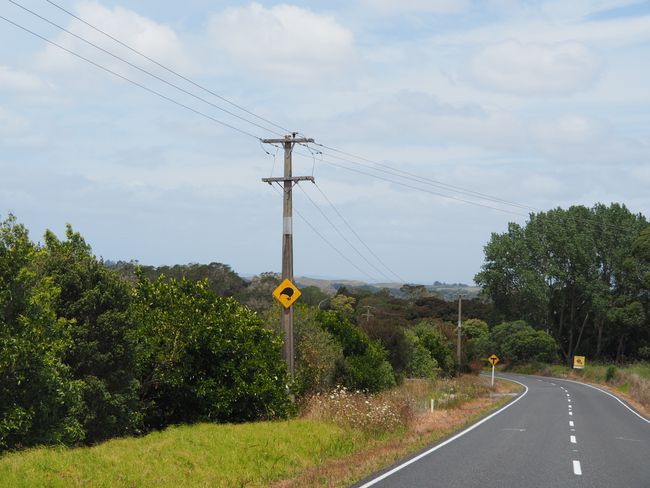
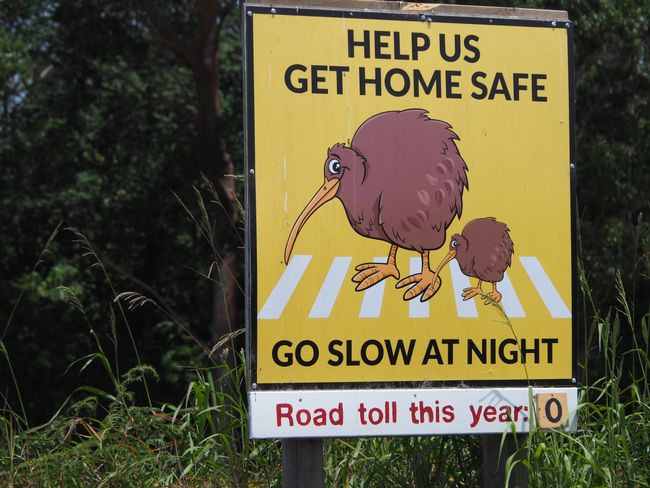
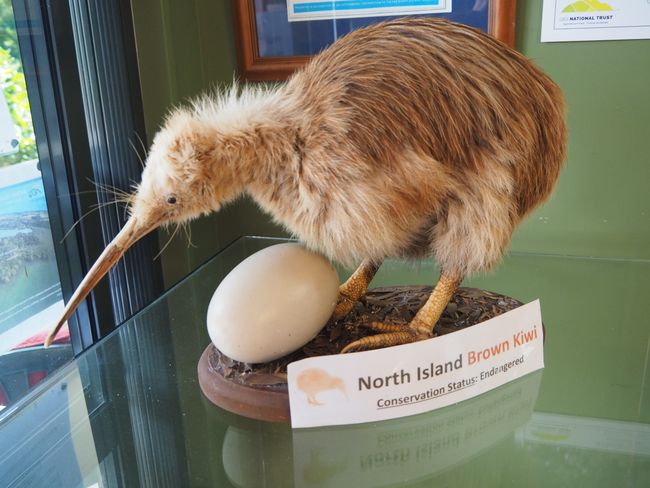

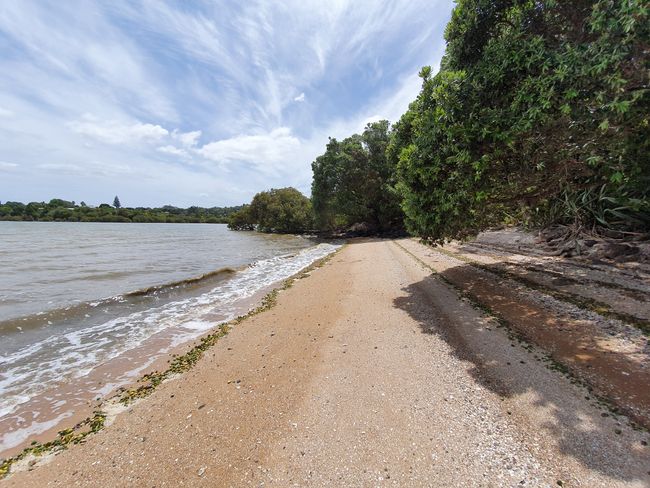
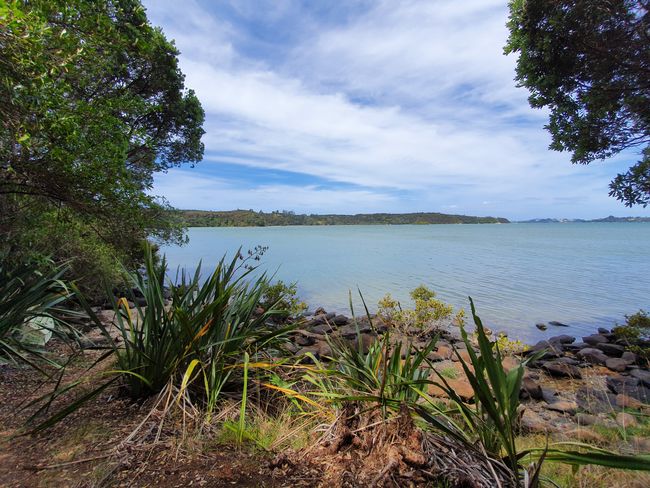
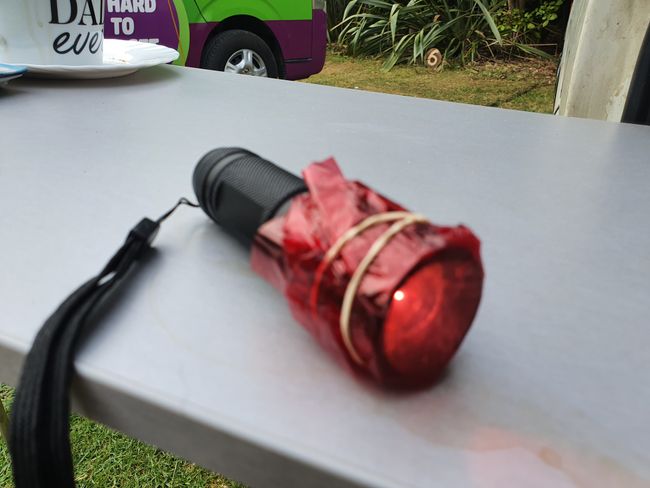
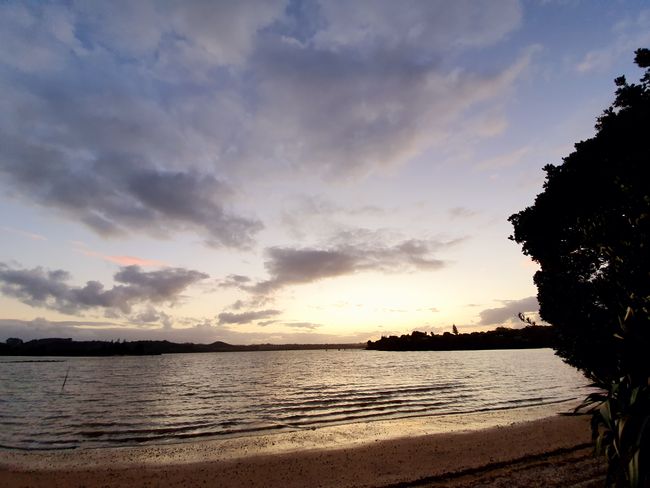
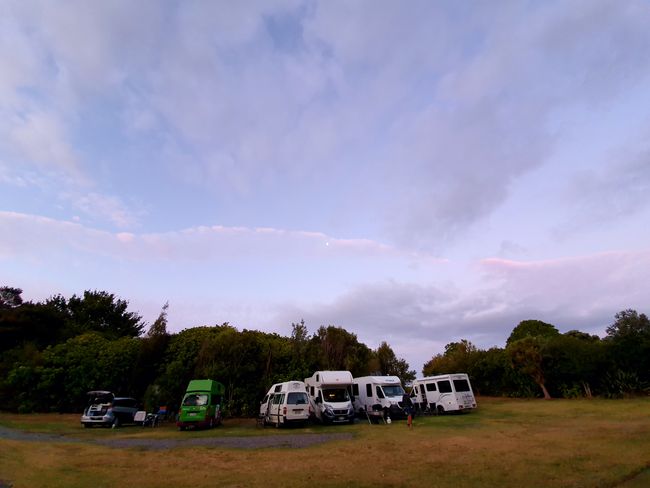
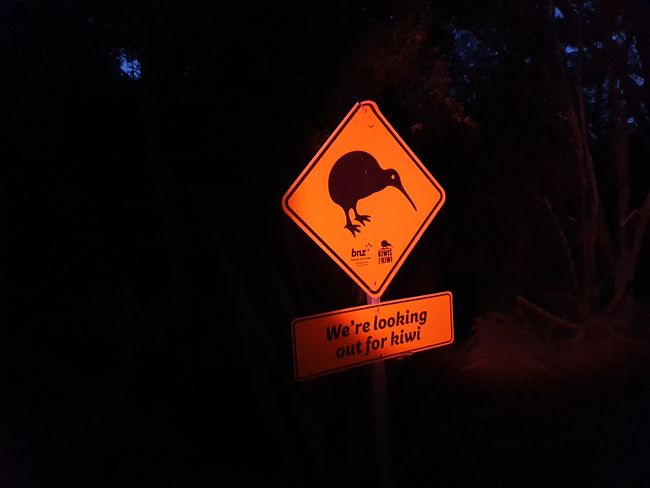
Abonner på nyhedsbrev
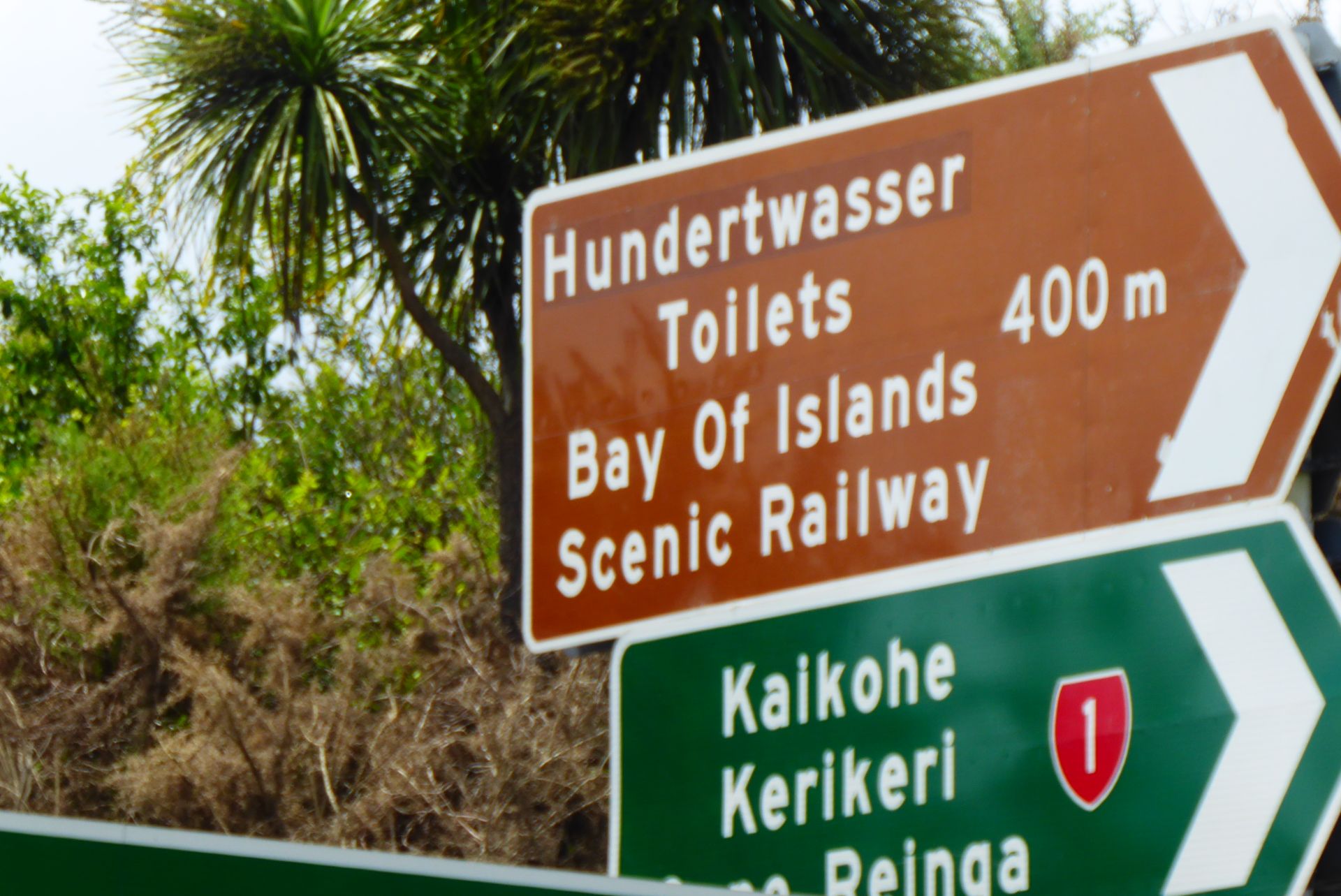
An interesting feature of this otherwise somewhat remote provincial town is the Hundertwasser Toilet. What many people don't know is that Hundertwasser lived nearby for 27 years and over 20 years ago not only provided the plans for these public toilets but also actively participated in their construction by bringing some of the components and designing the pillars, including ceramics from Asia. He also ensured that Maori artists were involved in the design. I assume there is no toilet facility in the Pacific that is photographed more.

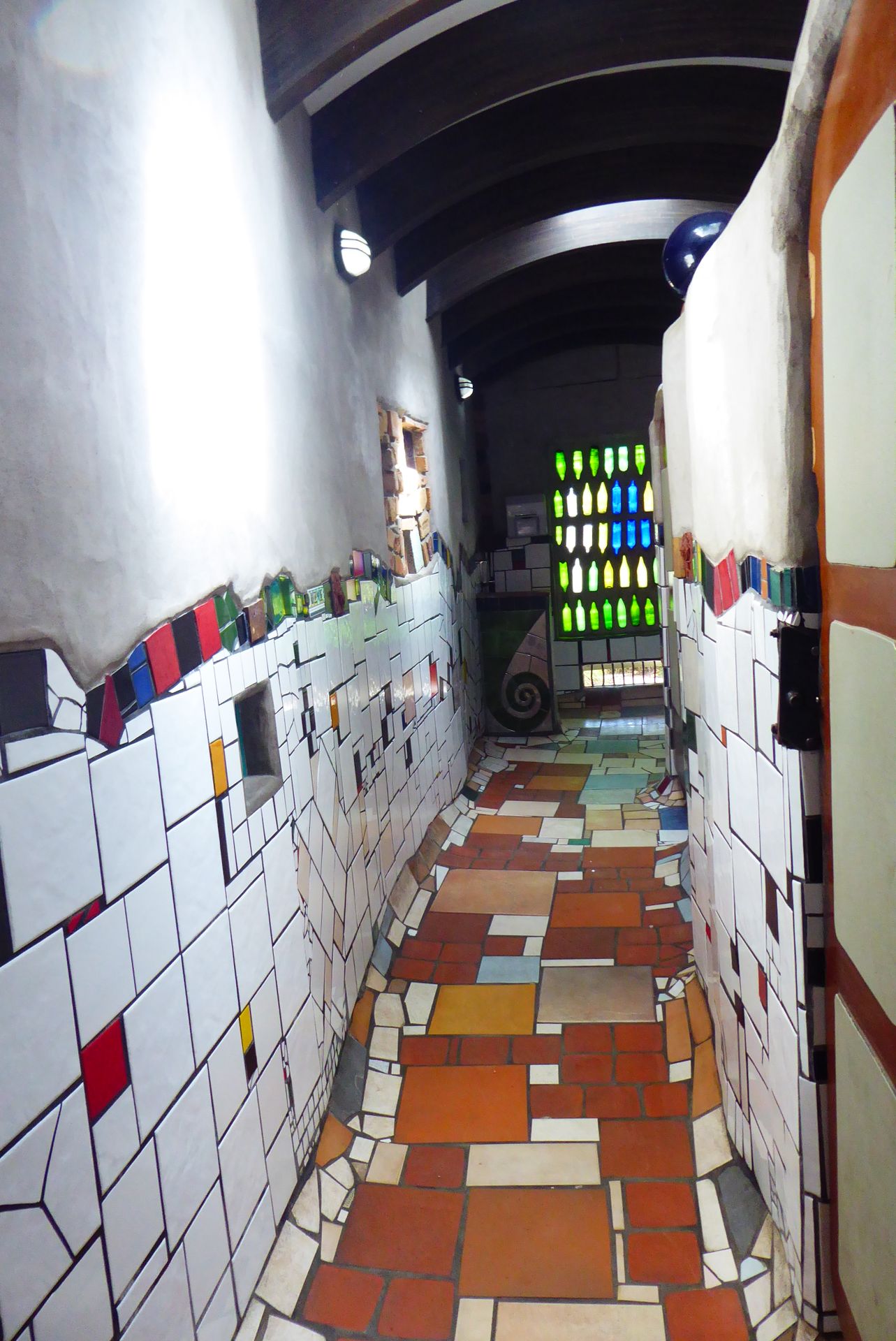

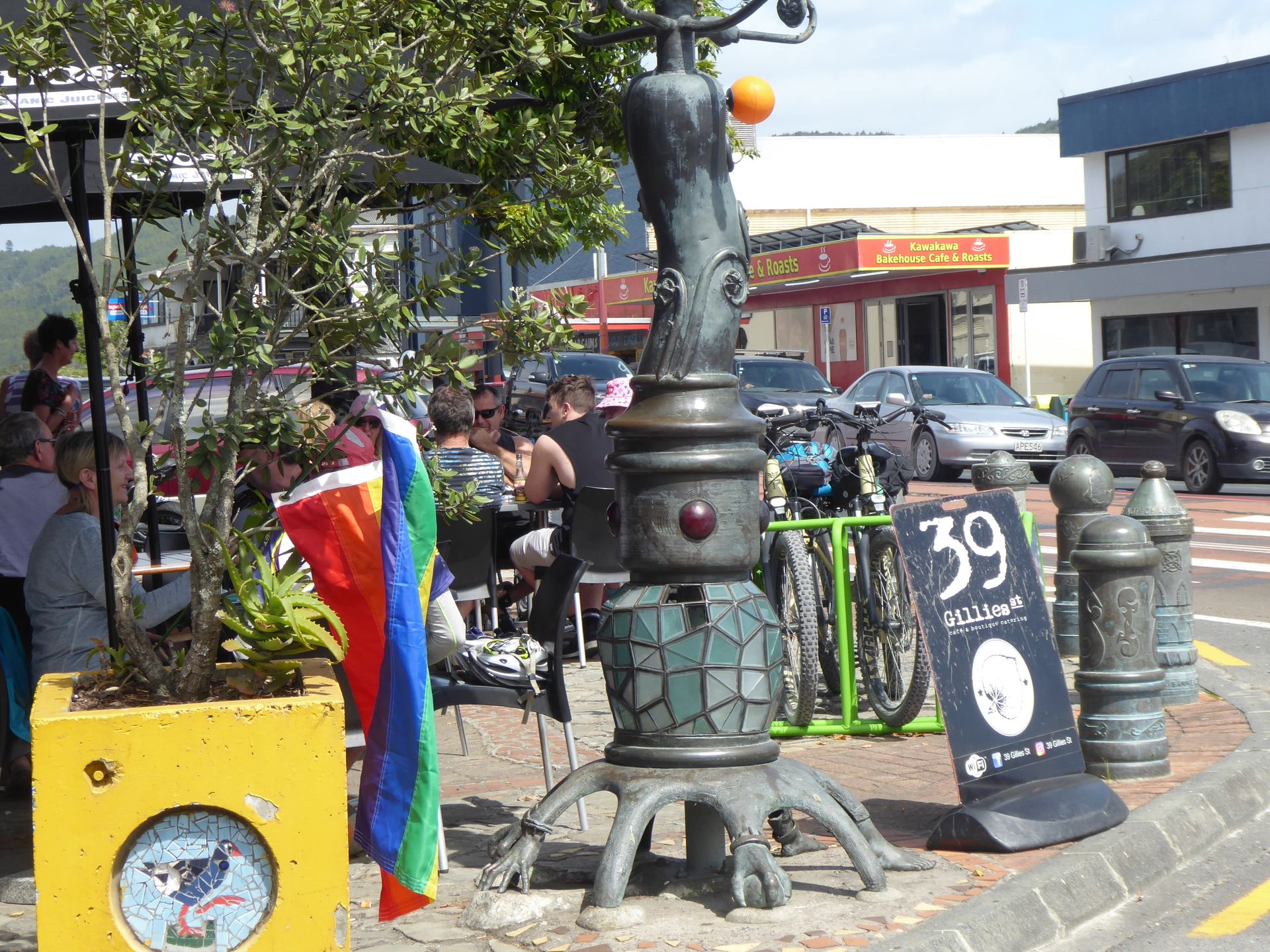
Since this is on my route, I'm driving through here again. The Austrian artist Friedensreich Hundertwasser died in February 2000 from a heart condition aboard the cruise ship Queen Elizabeth 2. He was buried on his property near Kawakawa at his request.
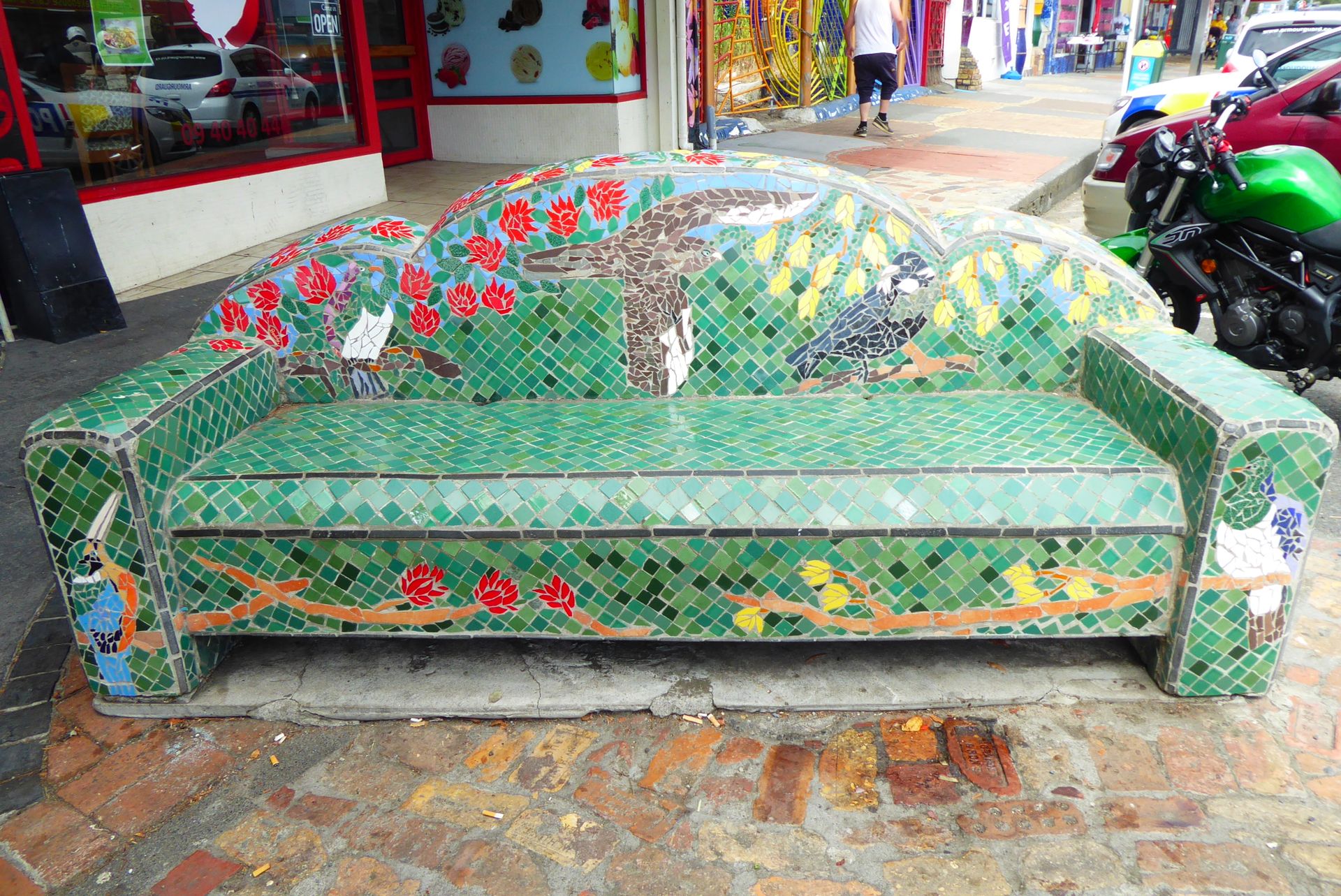
I continue north, passing through the coastal town of Paihia, where I have been several times before. The Waitangi Treaty Grounds are nearby. This is where the British signed the controversial treaty with the Maori.



The other day, I reported on the Battle of Ruapekapeka Pa, which was a direct result of these treaties. The marae in Pahia is large and significant as the celebrations for the signing of the treaty take place here on February 7th. It is New Zealand's national holiday, despite any doubts! I happened to be here on that day 6 years ago.

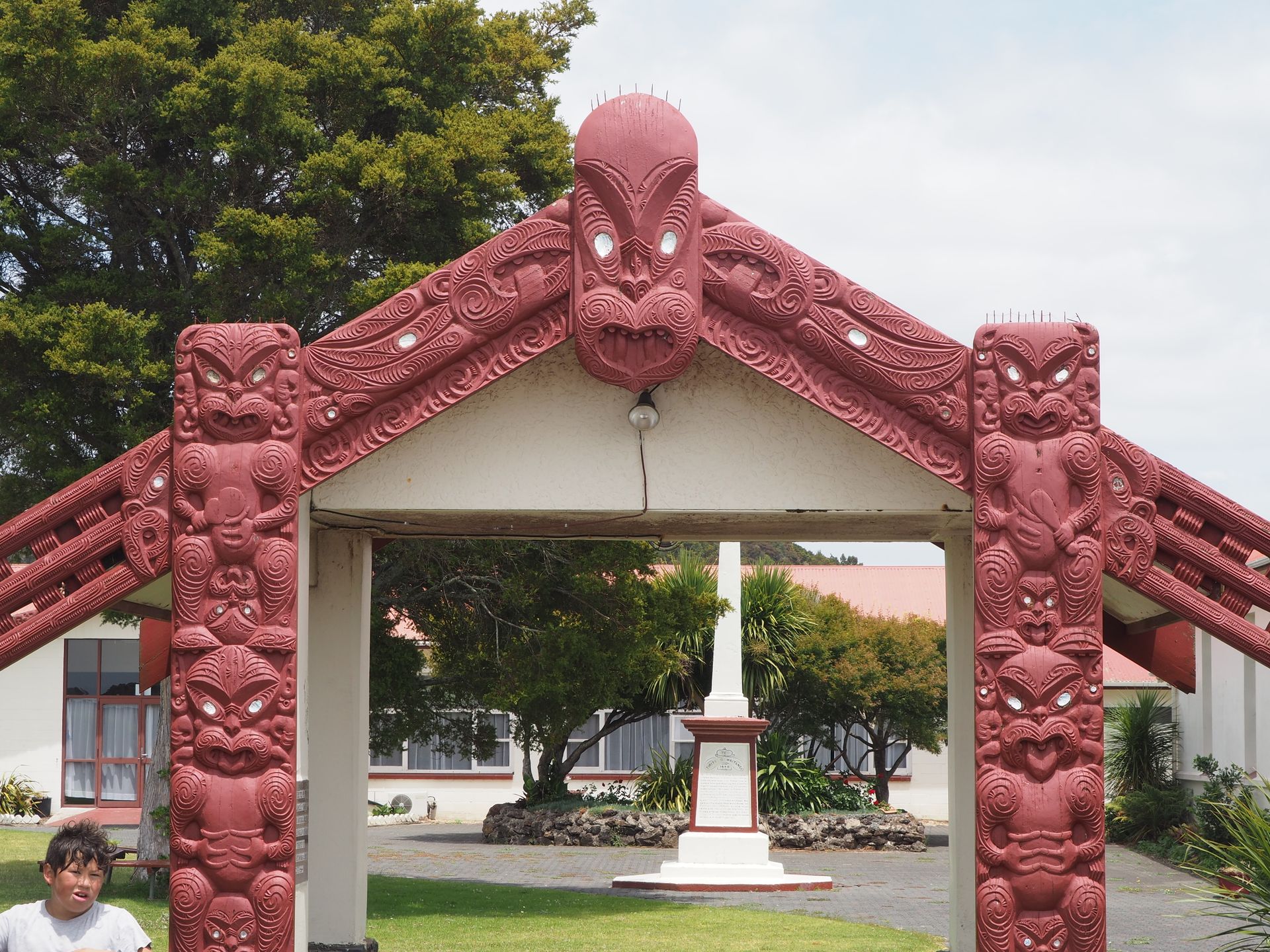

My attempt to visit a Kauri forest fails because the road is marked as unsuitable for campers. So I continue to the small Haruku Falls which are not a must-see but are on the way.
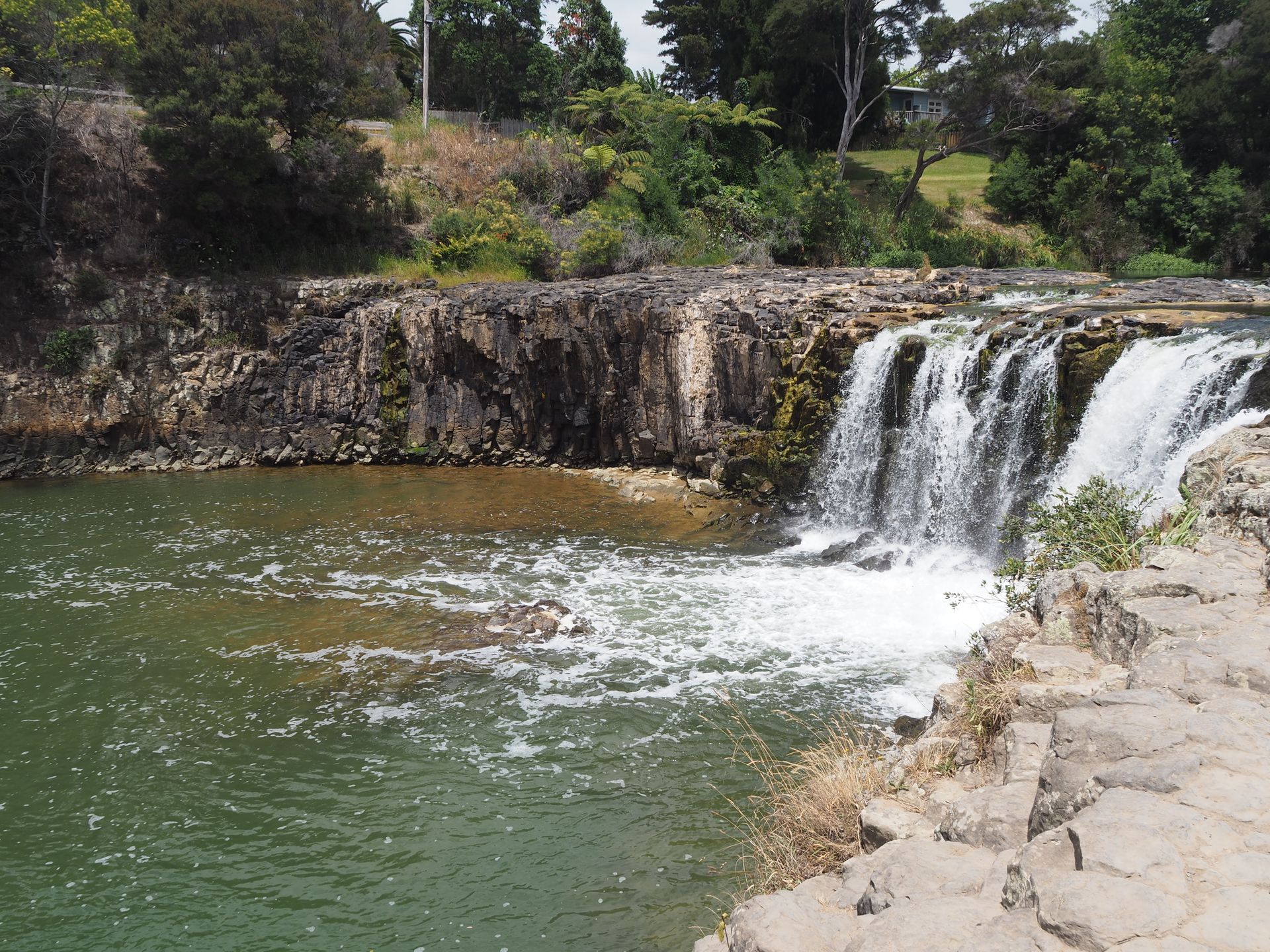
I am now in an area where Kiwis live. It becomes increasingly apparent as there are signs everywhere cautioning to drive carefully, especially at night, and to leash your pets. Shortly after the Haruku Falls, there is a citrus grove near Kerikeri where I buy (hopefully sweet) strawberries before I continue to Aroha Island.
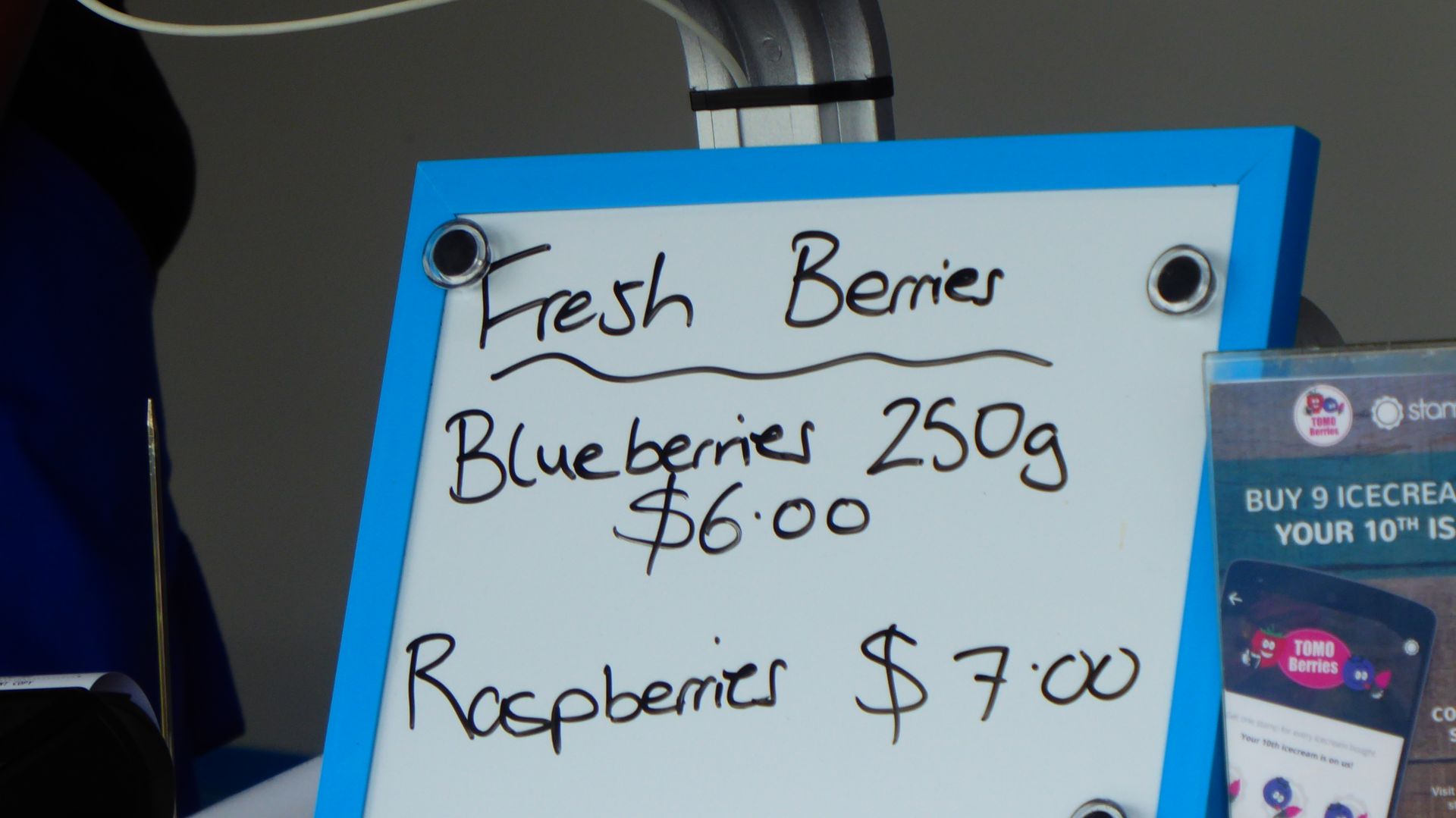
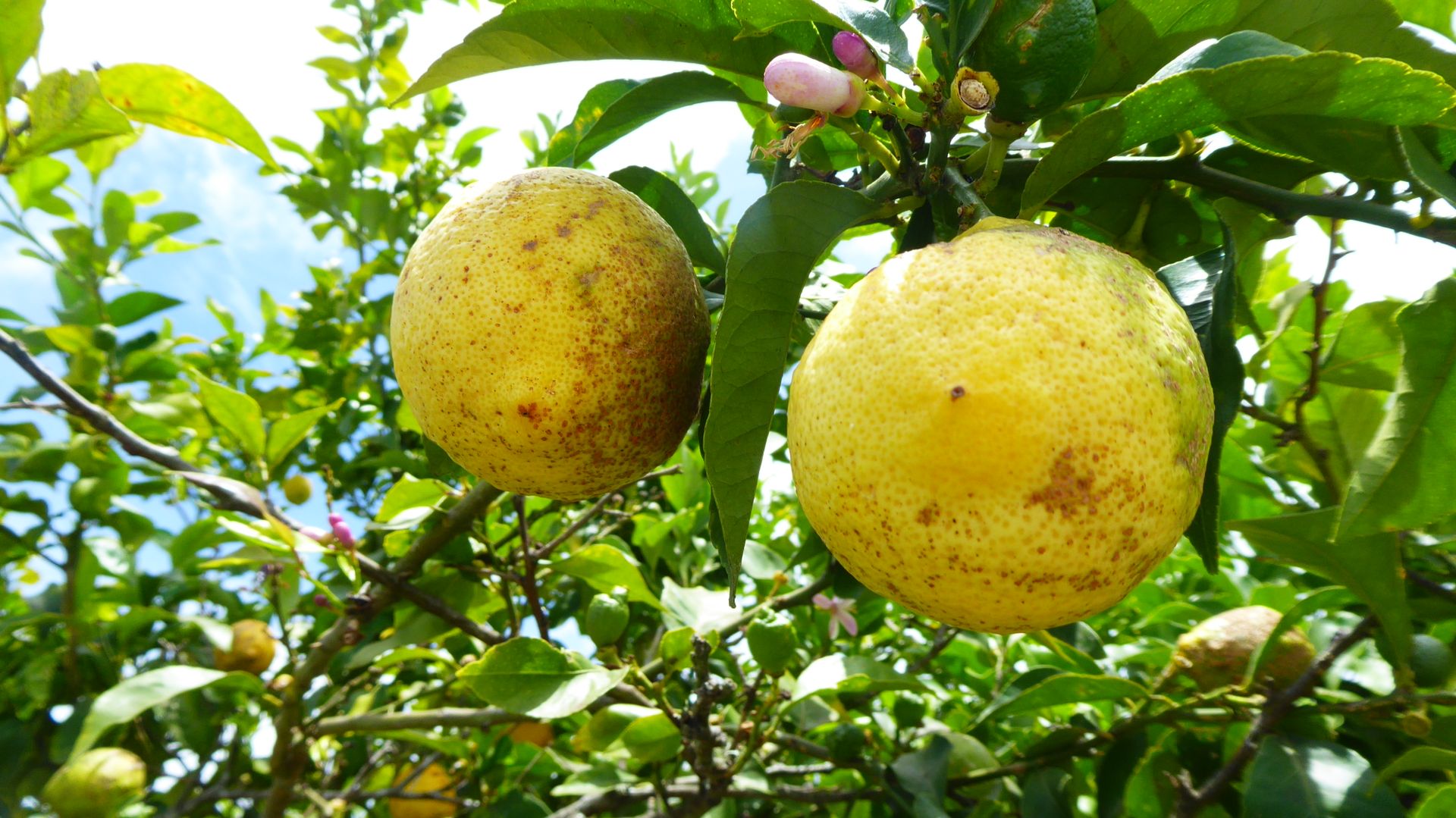
From Whangarei to Aroha Island, it's only 110km. The island is privately owned and managed by a foundation and accessible via a causeway. It is an eco reserve with a small campground, and the special feature is that there are two Kiwis living on the island that you can hopefully see or hear at night. There are no guided tours. Smoking, fire, and dogs are prohibited here. There is a trail around the island and two spots where they should be visible at night.
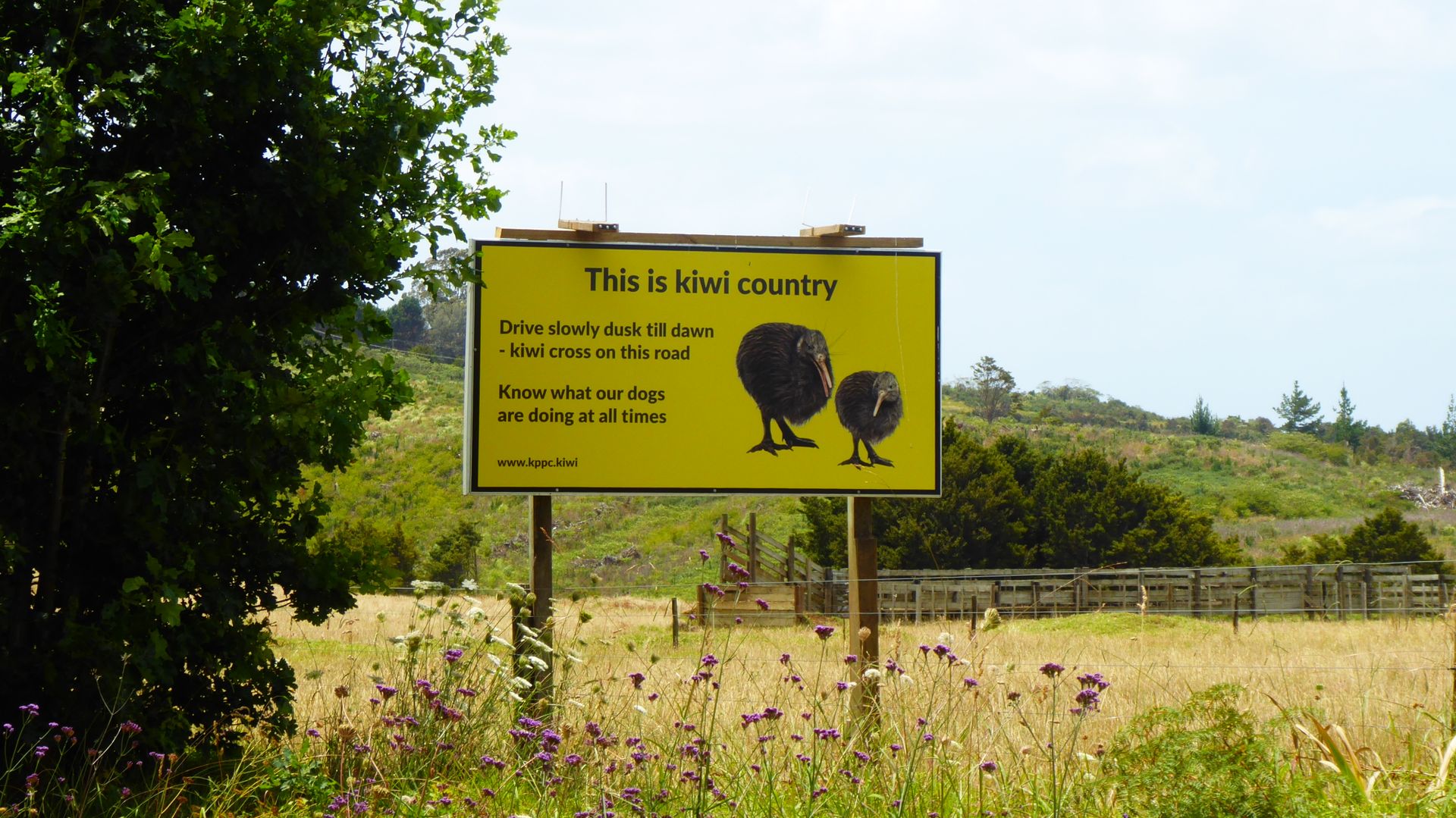

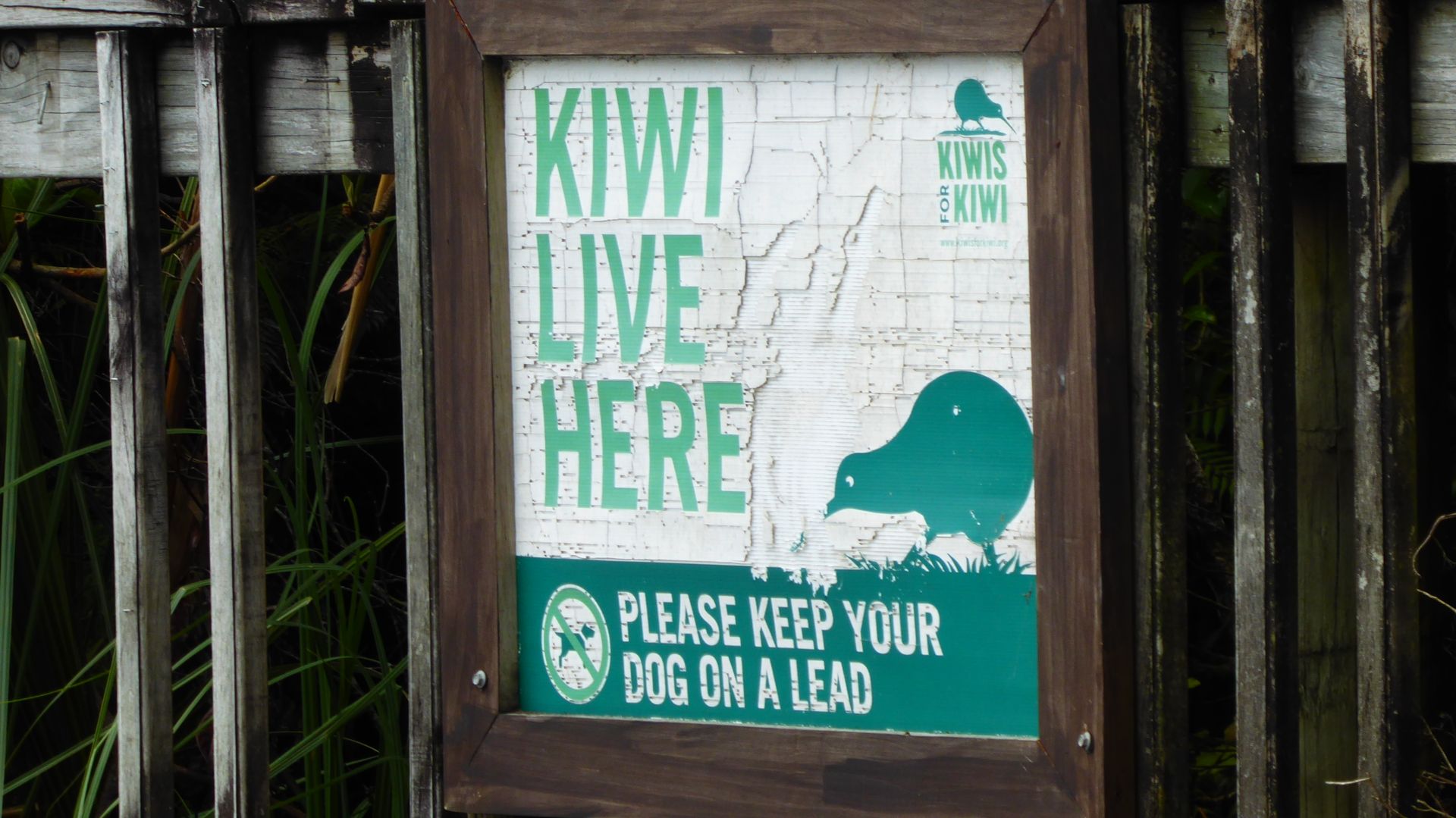
At the reception, I get red film for my flashlight because Kiwis (like penguins) cannot see red light, but I still need to see something in the dark forest and I can use the red light to observe the animals without disturbing them. First, since it is only half past two, I take a walk around the island, which takes an hour with breaks and listening to crickets and the wind.
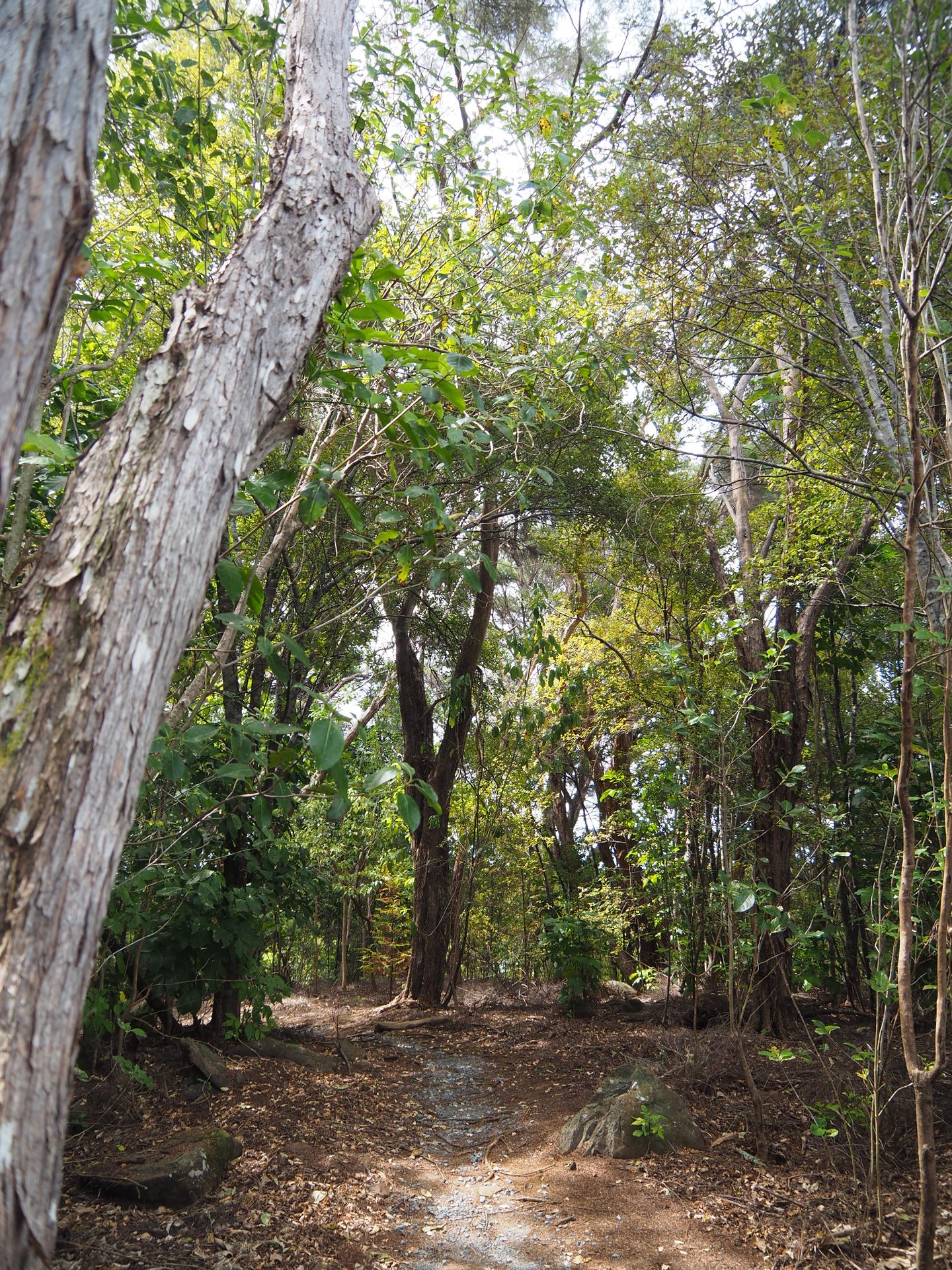
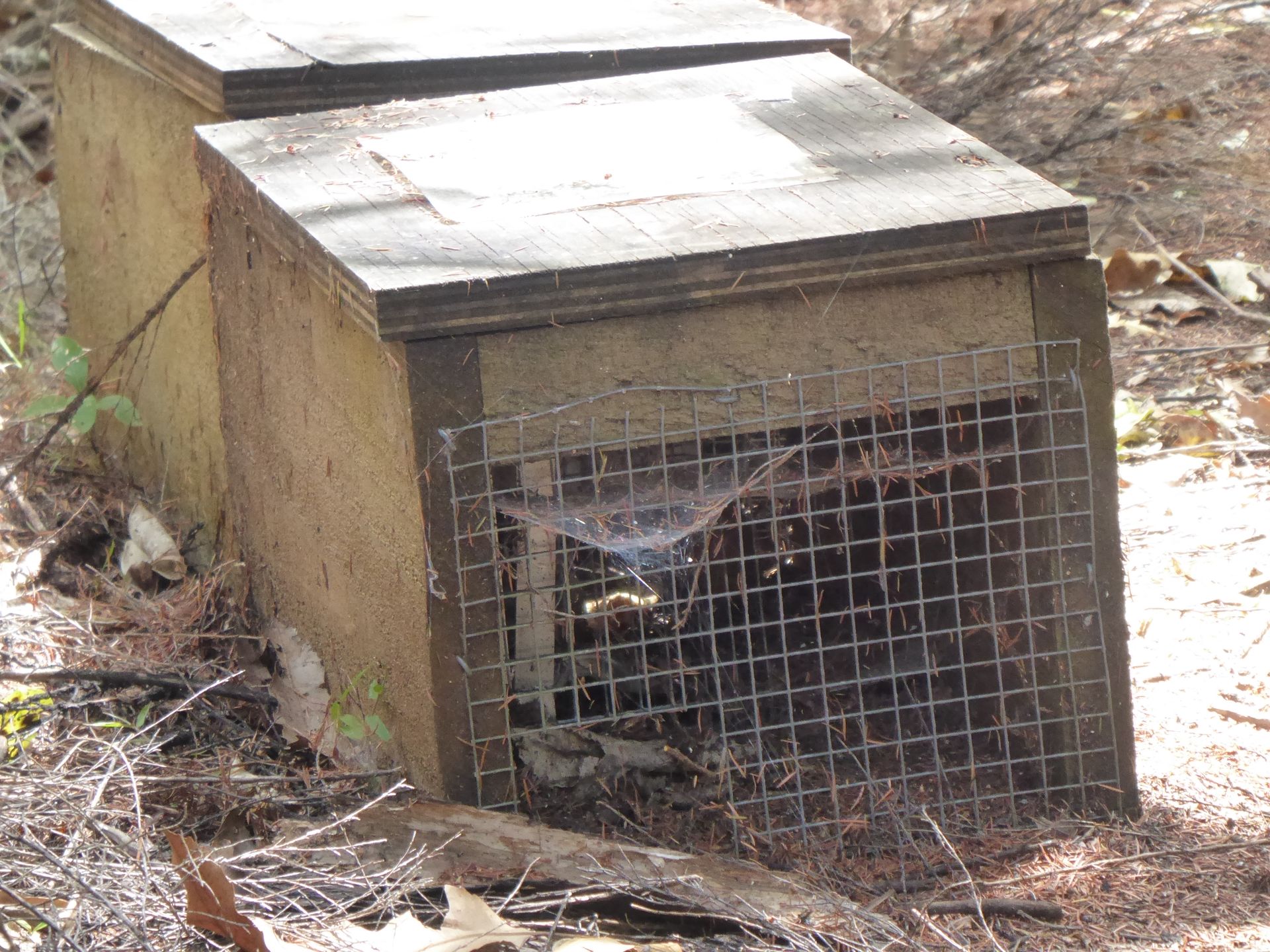
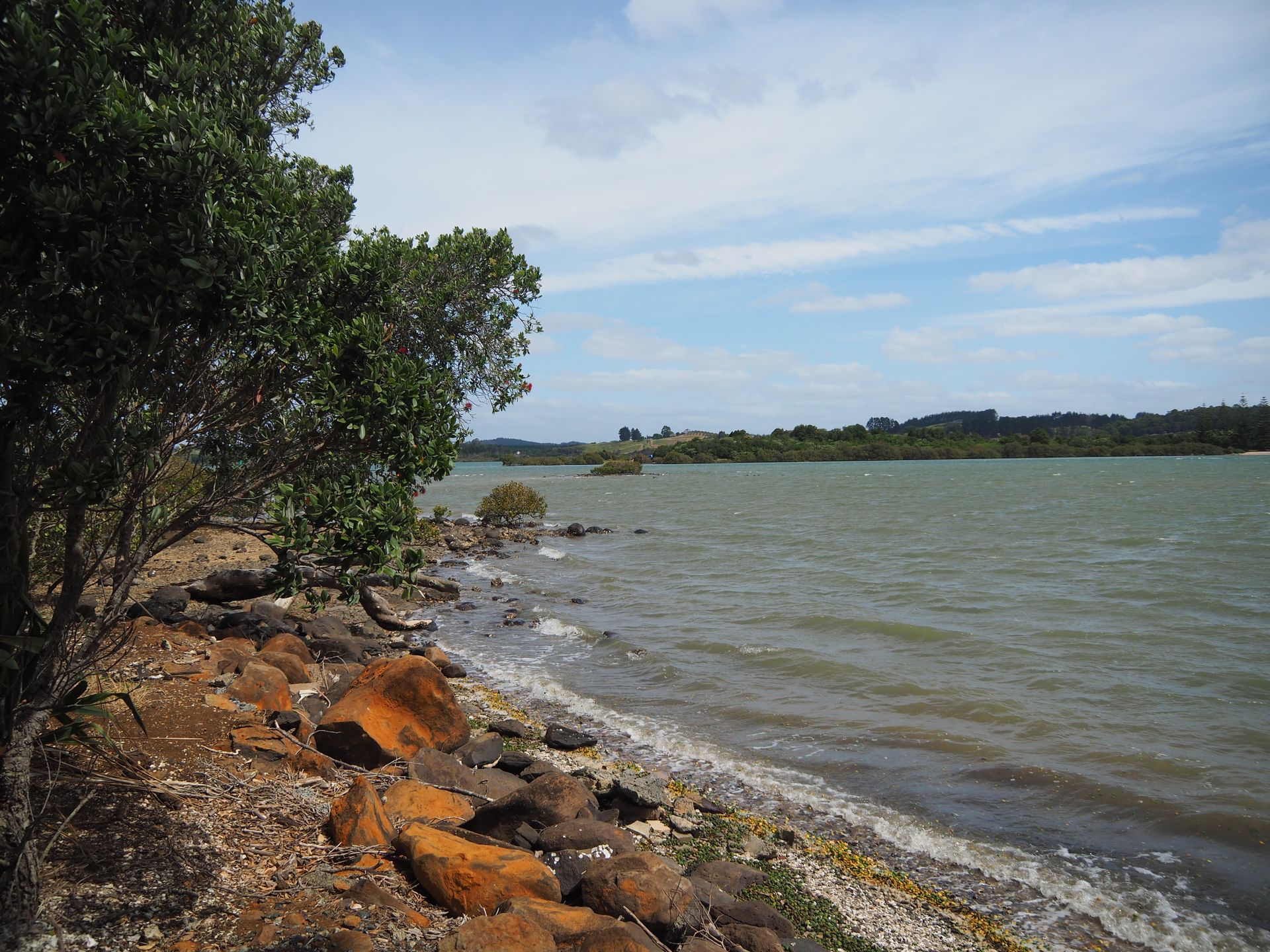
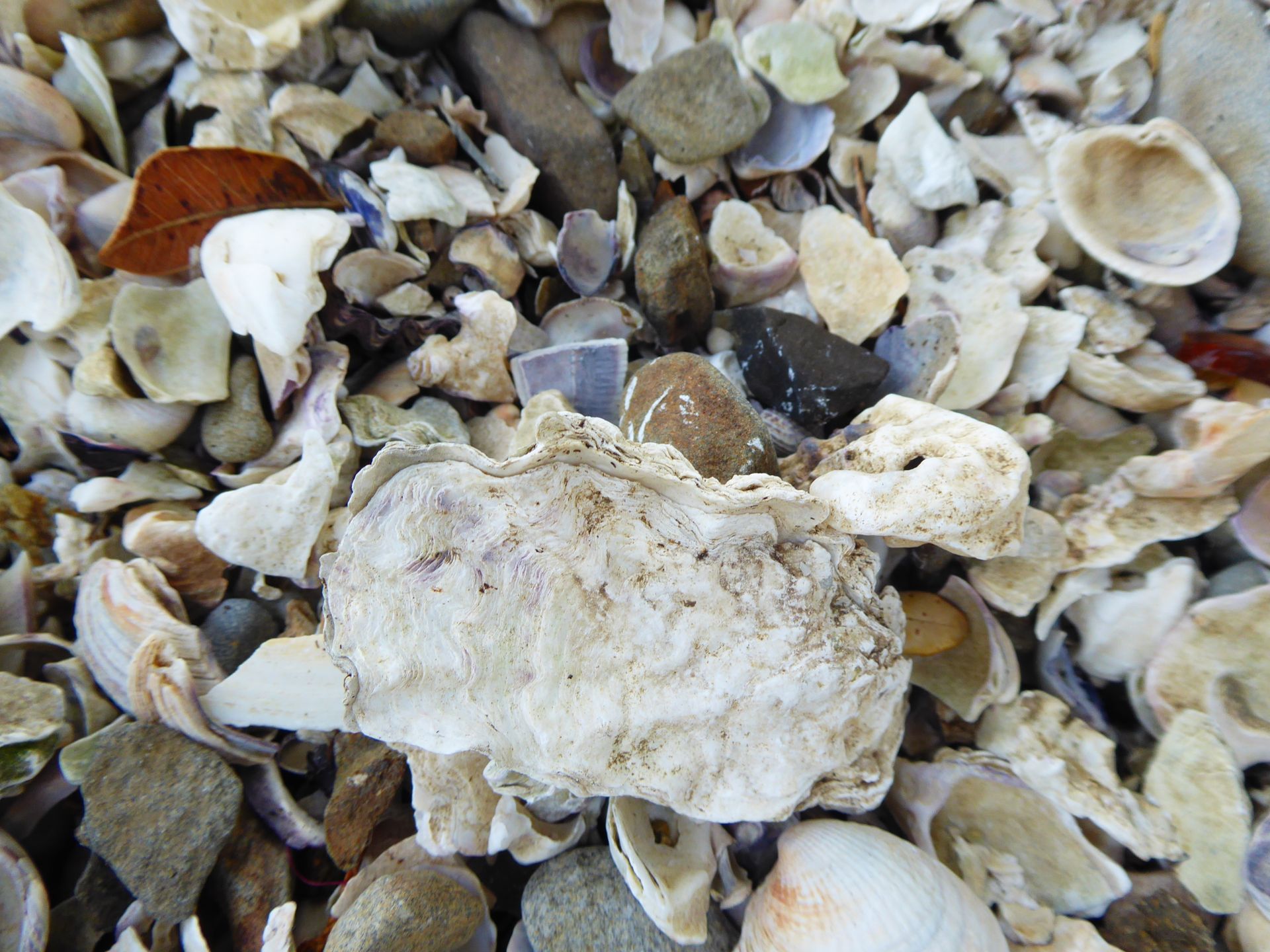



I write a few postcards, sit in the sun, and am glad that the clouds only sporadically block it because it immediately becomes quite chilly. It's pleasant with 21/22 degrees Celsius. But when the sun is gone and the cold southwest wind blows, it's uncomfortable. A large tomato salad is my dinner tonight. After that, I felt like buying a bag of tomatoes from a vegetable stand, which is just enough, and I added half of my last onion. Now I have to wait until around 10 p.m. Then I'll go on the hunt...
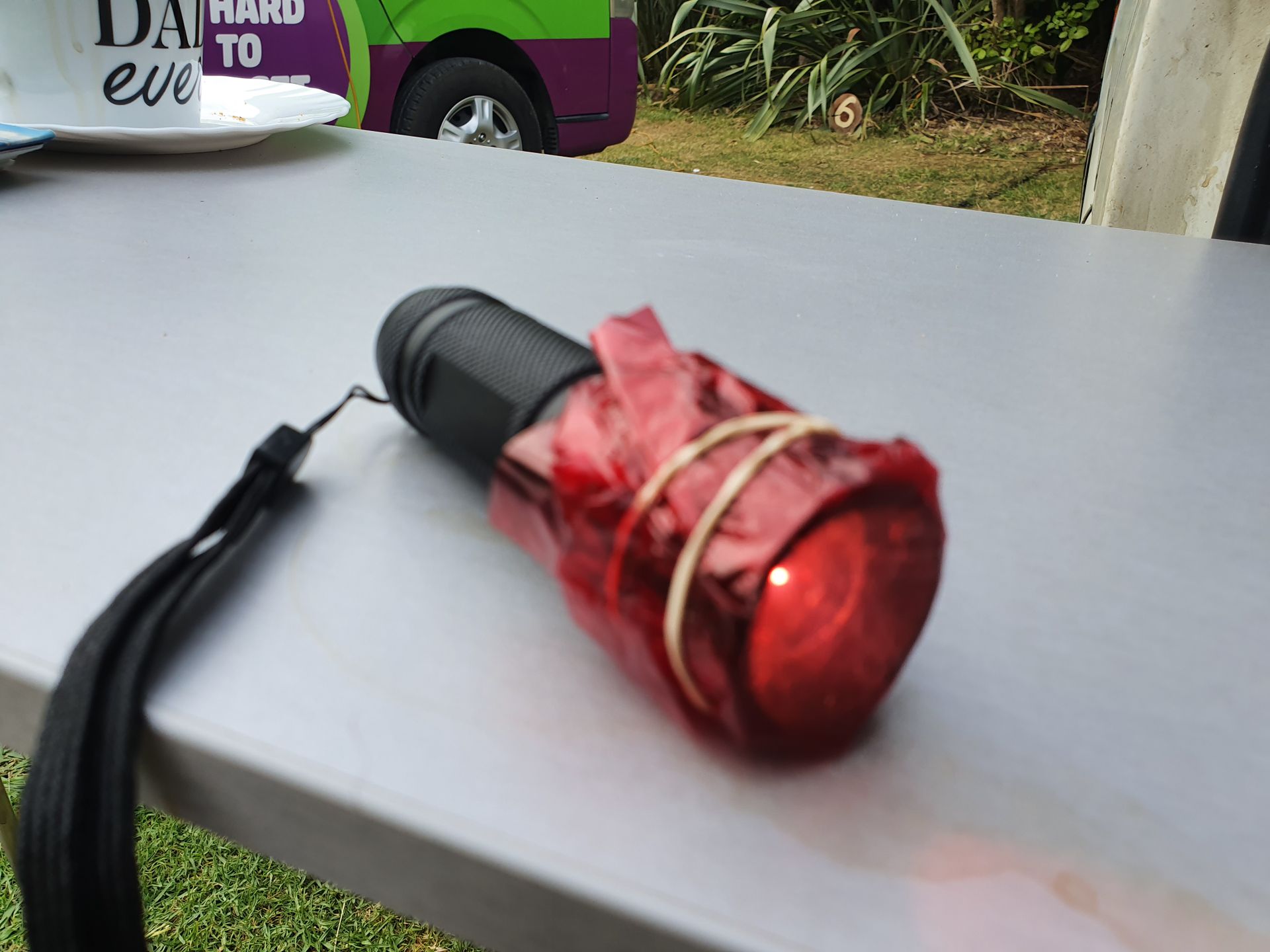
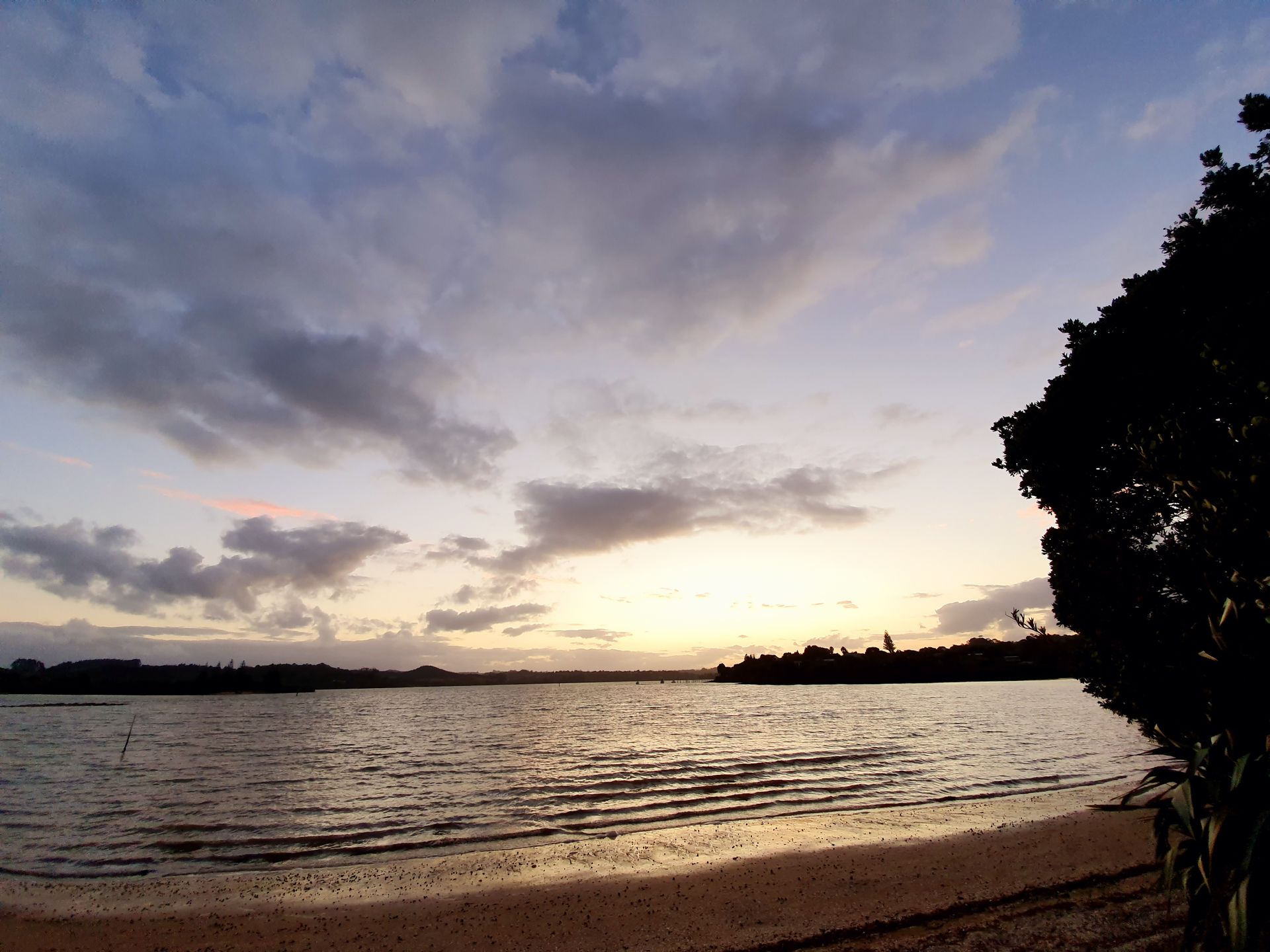
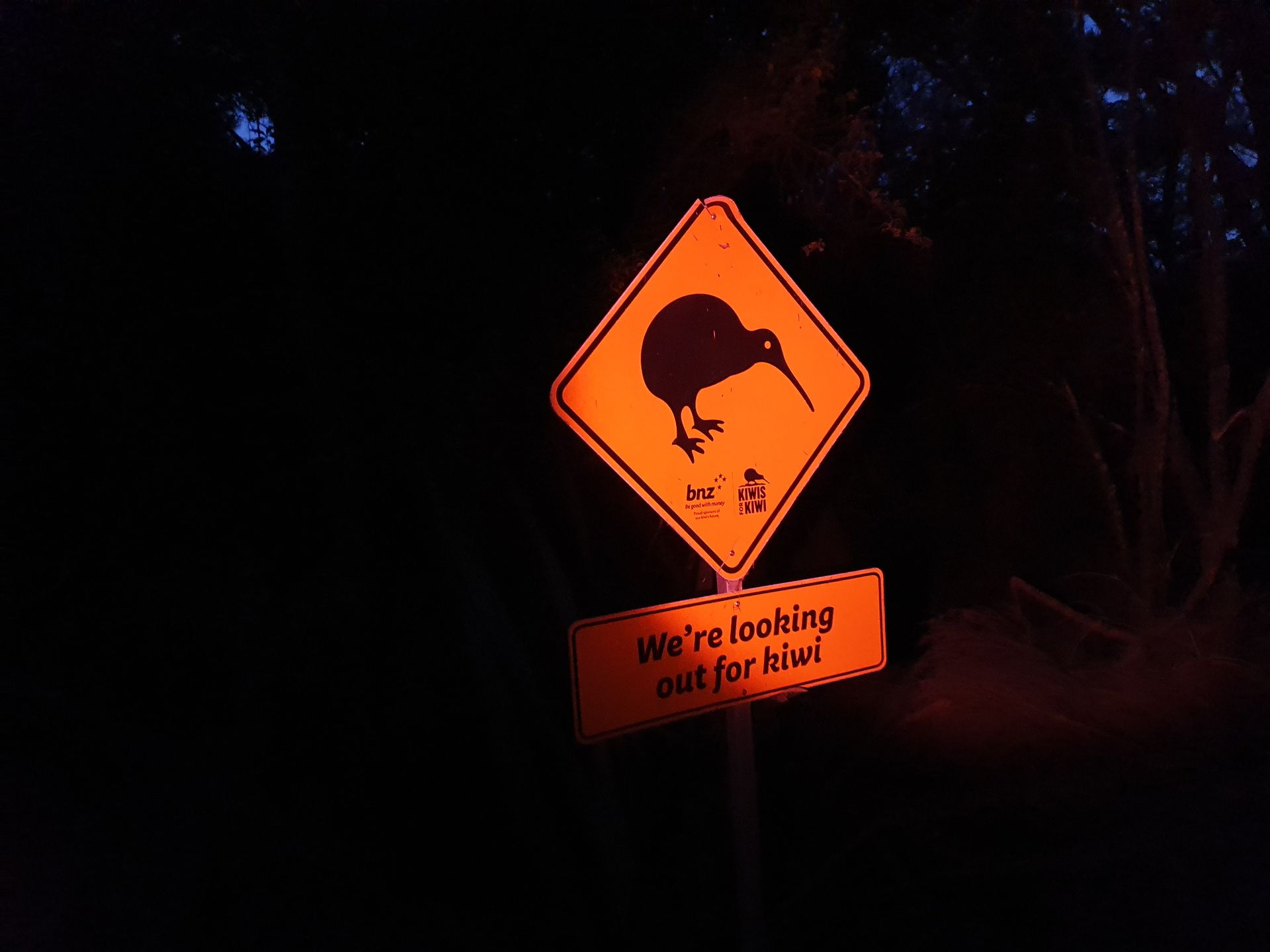
Abonner på nyhedsbrev
Svar

Rejserapporter New Zealand
